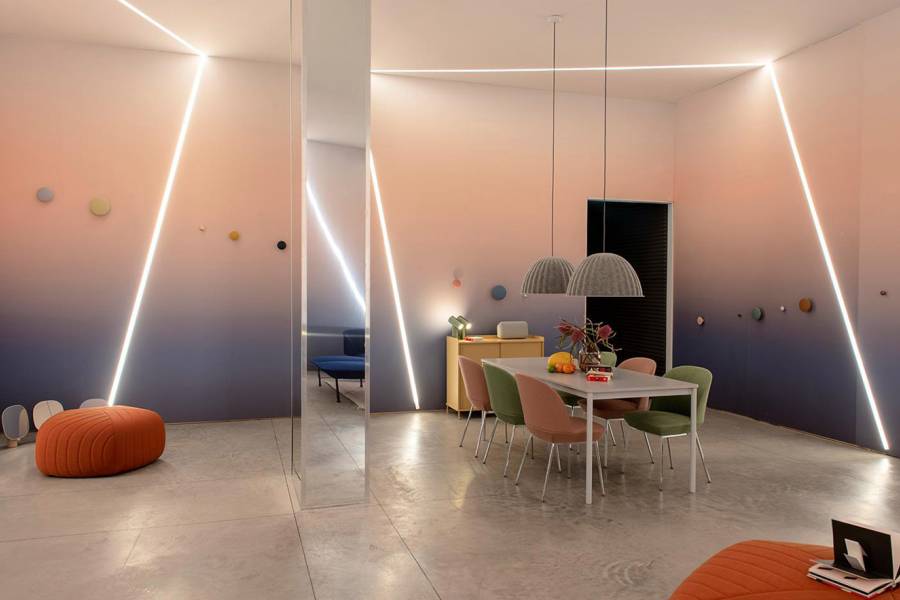Renovating a house can be a great way to transform your living space and make it feel like a brand new home. Here are some ways that renovating can help you achieve this:
1. Modernizing the design
If your home was built many years ago, it may have an outdated design that doesn't fit with modern tastes. Renovating can help you modernize the design of your home, bringing it up to date and making it more appealing to potential buyers or simply to yourself.
2. Improving functionality
As your family grows and your lifestyle changes, the needs of your home may change as well. Renovating can help you improve the functionality of your living space, making it more suitable for your current needs.
3. Creating more space
If you find yourself feeling cramped in your current living space, renovating can help you create more space. This could involve knocking down walls to create an open floor plan, or building an addition to give you more room to spread out.
4. Enhancing energy efficiency
Older homes may not be as energy-efficient as newer ones, which can lead to higher utility bills and a less comfortable living environment. Renovating can help you enhance the energy efficiency of your home, reducing your energy bills and making your living space more comfortable.
5. Boosting curb appeal
If you're planning on selling your home, renovating can help you boost its curb appeal and make it more attractive to potential buyers. This could involve updating the exterior, adding landscaping, or making other cosmetic improvements that will make your home stand out.
In conclusion, renovating a house can be an excellent way to make it feel like a brand new home. Whether you're looking to modernize the design, improve functionality, create more space, enhance energy efficiency, boost curb appeal, or all of the above, renovating can help you achieve your goals and create the living space you've always dreamed of.
Finally, styling and accessorizing are also an essential part of interior design. Interior designers select and arrange accessories such as artwork, rugs, and decorative objects that enhance the space's overall design and create a cohesive look.
In conclusion, interior designers play a critical role in creating aesthetically pleasing and functional indoor spaces. They perform a wide range of tasks, from space planning and color selection to furniture selection and project management, to ensure that the space meets the client's vision. The job of an interior designer is dynamic, challenging, and rewarding, with the opportunity to create unique and personalized environments that enhance the quality of life of its occupants.

